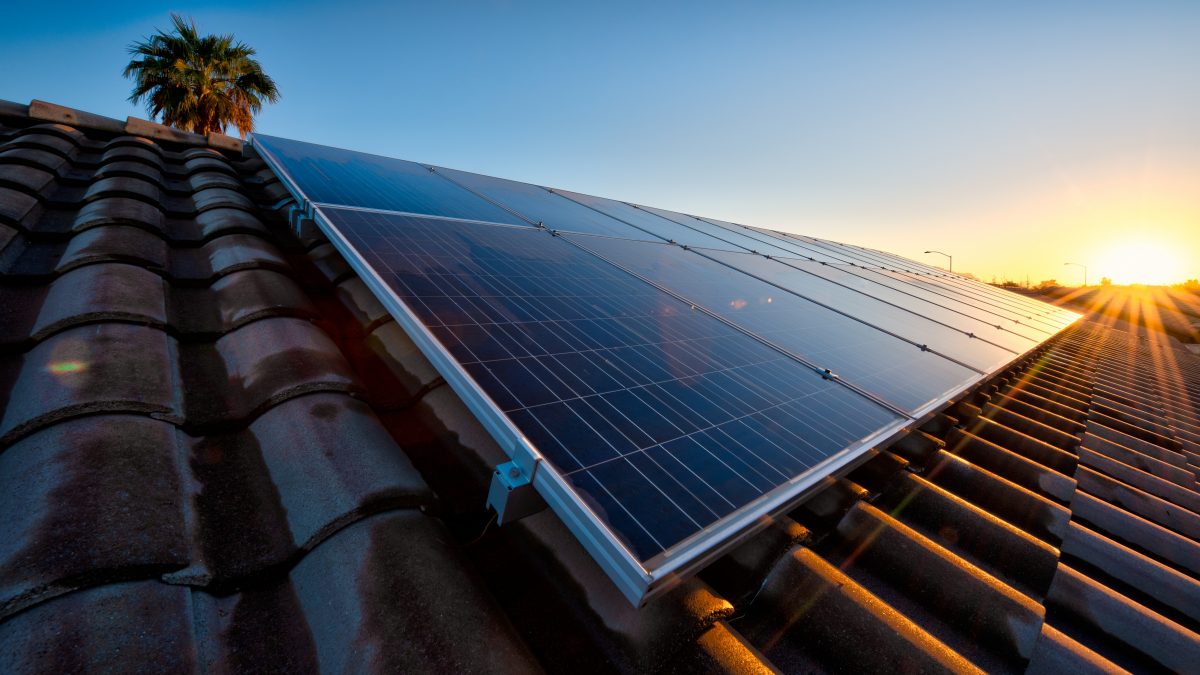
If you’ve noticed more solar panels on homes in your neighborhood, you’re witnessing the renewable energy revolution. Understanding how solar panels work on a house helps homeowners make informed decisions about this clean energy technology.
Solar panels are photovoltaic devices that convert sunlight directly into electricity, providing a sustainable way to solar power a home while reducing utility bills and environmental impact.
A house with solar panels harnesses the sun’s energy through interconnected photovoltaic cells that generate electricity. This technology has become increasingly accessible, making solar energy in homes a practical option for American families. Learning how solar works provides valuable insight into this transformative energy solution.
What Are Solar Panels Made Of
Solar panels consist of photovoltaic cells made primarily from silicon, one of Earth’s most abundant elements. Each cell contains layers of silicon treated with different materials to create positive and negative charges. These silicon wafers are protected by tempered glass and a durable backing sheet, all held together by an aluminum frame.
The cells are connected in series to increase voltage output, and the assembly is sealed to protect against weather. Modern panels include anti-reflective coating to maximize light absorption. This robust construction allows solar panels on house rooftops to withstand decades of exposure to various weather conditions.
What Are the Types of Solar Panels
Three main types dominate the residential market. Monocrystalline panels feature uniform dark coloring and offer the highest efficiency ratings, typically 18-22%. They’re made from single silicon crystals and perform exceptionally well in limited roof space.
Polycrystalline panels have a blue-tinted appearance with visible grain patterns. While slightly less efficient at 15-17%, they provide excellent value for homeowners with ample roof area, working well for solar energy for residential homes where budget considerations balance performance needs.
Thin-film panels are lightweight and flexible but generally less efficient than crystalline options. They perform better in high temperatures and partial shade. Most residential installations use monocrystalline or polycrystalline panels due to their proven reliability.
How Do Solar Panels Generate Electricity
Understanding how solar works requires examining the photovoltaic effect. When sunlight strikes the silicon cells, photons knock electrons loose from atoms, creating electrical charges. The cell’s structure forces these electrons to flow in a specific direction, generating direct current electricity.
The positive and negative layers within each cell create an electric field directing electron movement. Metal plates on the cell sides collect electrons and transfer them to wires, producing usable current. Multiple cells connected together increase voltage and current output to practical levels for home solar electricity needs.
How home solar panels work depends on sunlight intensity and angle. Panels generate maximum power when perpendicular to the sun’s rays, which is why optimal roof orientation matters. Even on cloudy days, panels continue producing electricity at reduced capacity, making solar power at home reliable throughout varying weather.
What Does a Solar Inverter Do
The inverter converts direct current from panels into alternating current that powers household appliances. Solar electricity home systems require this conversion because standard devices operate on alternating current. Modern inverters also optimize power production and provide monitoring capabilities.
String inverters connect multiple panels in series, while microinverters attach to individual panels. String inverters offer cost-effectiveness for unshaded roofs. Microinverters excel when installations face shading issues, as they optimize each panel independently. The inverter also manages safety features, automatically shutting down during grid outages.
How Do Solar Panels Power a House
Understanding how solar panels work for your home involves several integrated components. Panels generate electricity that flows through the inverter for conversion. This power enters your home’s electrical panel, distributing to lights, appliances, and devices.
When solar power for the house exceeds consumption, excess electricity flows back to the utility grid through net metering programs. Your meter runs backward, crediting your account. During nighttime or high-demand periods when production falls short, you draw power from the grid normally.
Do solar panels store energy themselves? No—panels generate electricity but don’t store it. Battery systems can be added to store excess production for nighttime use. However, most solar power in homes without batteries rely on grid connection for continuous supply. The grid essentially acts as a large battery through net metering.
Understanding how residential solar works financially involves offsetting grid electricity with solar production. During sunny days, panels may generate more than you consume, banking credits. These credits offset nighttime consumption, potentially reducing monthly utility bills to minimal connection charges.
At AllSeason Solar & Roofing, we’ve helped countless New Jersey homeowners understand how home solar works and transition to clean energy. Our experienced team specializes in designing and installing systems throughout New Jersey and surrounding areas, ensuring optimal performance and maximum savings. We handle everything from consultation and system design to permitting, installation, and grid connection. Contact AllSeason Solar & Roofing today for a free solar assessment and discover how solar power in the home can transform your energy future while contributing to a cleaner environment.











